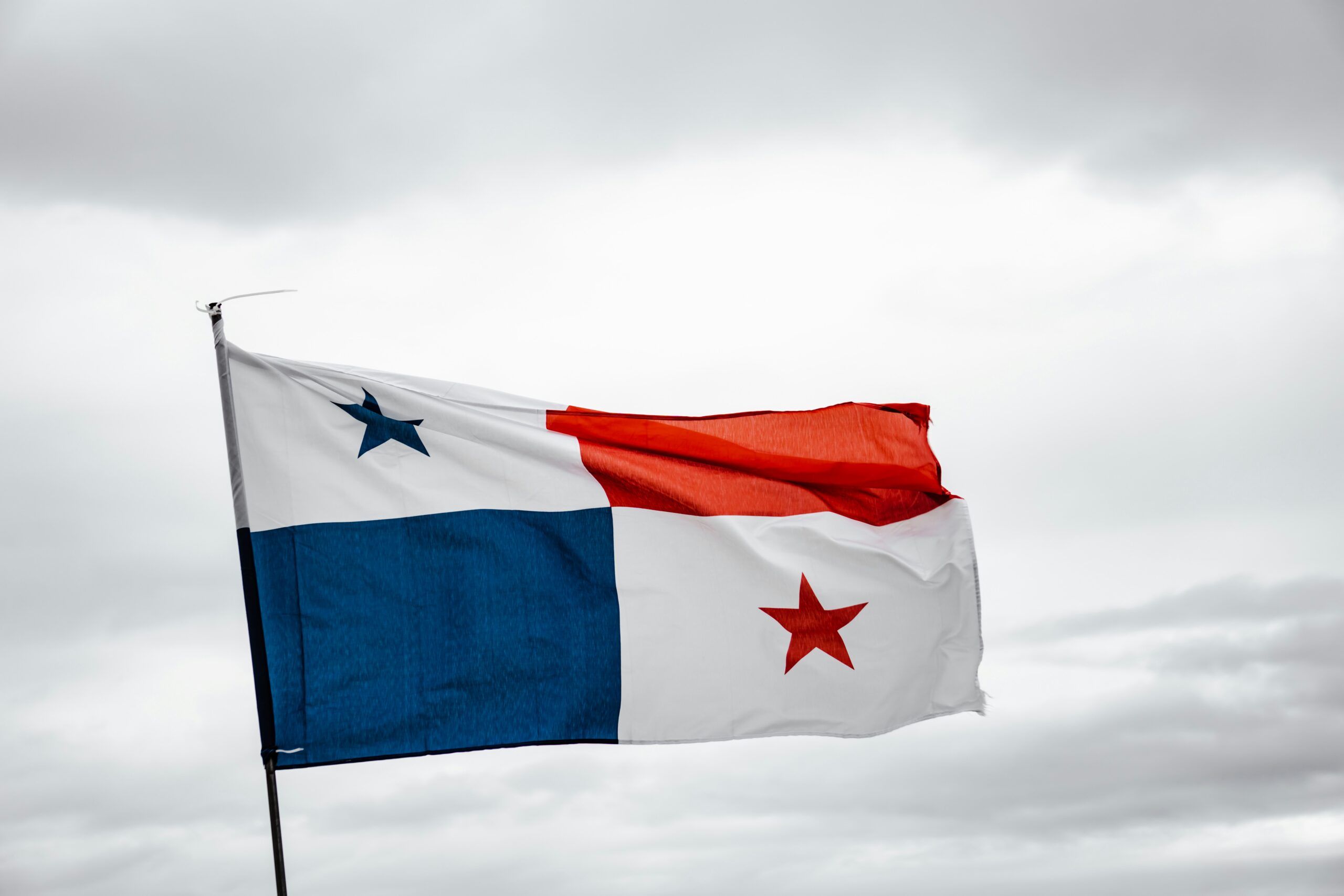Latin American cuisine is experiencing a surge in popularity in Dublin. This is largely due to growing interest in global gastronomy, the appeal of vibrant flavours, and the growing population of Latin American immigrants in Dublin. While Brazilian & Mexican food have long shared the limelight, today we want to cast that light in a different direction.
Welcome to Panama, the narrow isthmus that bridges the continents of North and South America. Being one of the most diverse countries in all of Latin America, it’s no surprise that their cuisine too is a hodgepodge of flavours.
When asked about the essence of Panamanian food, here’s what Trinity student Mariale Landecho had to say: “We are called ‘un crisol de razas’, or a melting pot, for a reason. Our food is influenced by Native American, Spanish, Caribbean and African cuisine, with a touch of what we call ‘sazón’—a sprinkle of something indescribable that just makes everything taste better.”
Panamanian cuisine has become what it is today through centuries of influence from native inhabitants, colonists, immigrants, and neighbouring countries like Colombia and Costa Rica. Before European colonisation, indigenous diets featured corn, cassava, root vegetables and meat from native animals like iguanas and paca (also known as the painted rabbit). In the 16th century, Spanish colonisers landed in Panama and brought with them the knowledge of cultivation and livestock, changing Panamanian culinary culture forever. The introduction of livestock meant that beef became the most popular choice of protein, and its incorporation into traditional dishes such as stews and grilled meats became commonplace. Many of the popular foods eaten today in Panama like Ropa Vieja– a traditional dish of stewed beef with vegetables – bear a strong Spanish influence, and use spices that were not originally native to the lands like paprika, oregano, and coriander.
“Panama saw a wave of immigrants from the Caribbean and West Africa, adding new dimensions to Panamanian cuisine”
“Panama saw a wave of immigrants from the Caribbean and West Africa, adding new dimensions to Panamanian cuisine”
The construction of the railroad, aimed at enhancing transportation within the country, and the Panama Canal, designed to link the Atlantic and Pacific Oceans, stood as two monumental undertakings in 19th-century Panama. To facilitate the construction, Panama saw a wave of immigrants from the Caribbean and West Africa, adding new dimensions to Panamanian cuisine. Plantains, breadfruit, and saltfish became staples, while new methods of cooking rice with coconut milk and seafood were introduced. Additionally, a wave of Chinese immigrants moved to Panama during the construction of the Canal, bringing their distinct cuisines into the country. Ingredients like soy sauce (called ‘salsa china’ in Panama) have made their way into Panamanian cooking, giving rise to unique dishes native to the land, such as Jampao – a type of steamed bun. “I heard someone once say that in Panama, we are all immigrants and that’s completely true. All of our ancestors were once brought from somewhere around the world, making our cuisine so diverse.”- remarks Mariale, whose own ancestry can be traced back to Guadeloupe, Jamaica, Spain, and Ireland.
Drawing parallels, Mariale emphasises the foundational elements of Panamanian cuisine, similar to how yoghurt is crucial in Turkish dishes and cumin in Indian cooking. “I’d say a majority of Panamanian dishes include corn, rice, plantain, and culantro – a unique variety of cilantro native to our land. We also just love to fry foods!” she explains as she describes Patacones– one of her favourite foods which are made from twice-fried green plantains.
When asked about her favourite dishes, Mariale mentioned a list of delicious-sounding foods that we just had to share:
- Buñuelos o torrejitas de maiz nuevo with queso prensado: Traditional Panamanian fritters or corn pancakes made with fresh corn and served with pressed cheese.
- Bofe con tortillas fritas: A traditional Panamanian dish featuring cow lungs served with fried corn tortillas, typically eaten for breakfast
- Hojaldras con salchichas guisadas: A dish consisting of fried dough patties served with stewed sausages.
- Sancocho: A hearty and flavorful stew typically made with a variety of meats, vegetables, and herbs. This stew is also considered a hangover cure.
While reminiscing about her favourite memories of sharing food, Mariale described Matanzas: a cherished Panamanian tradition where families and friends come together for a communal feast, often involving the slaughter of a pig or another animal for food. “While the word literally translates to ‘slaughter’, it’s actually a festive event when all the family members get together to drink, cook, sing, dance and feast.” Speaking of drinks, Panama has its own traditional liquor called ‘Seco’ made from sugarcane, and it’s often consumed with milk, creating a cocktail known as ‘leche con seco’.
“Just go to Panama! And don’t just stay in the city; go around and explore as Panamanian food varies from province to province, each interpreting Panamanian cuisine in its own way”
“Just go to Panama! And don’t just stay in the city; go around and explore as Panamanian food varies from province to province, each interpreting Panamanian cuisine in its own way”
When asked for advice on exploring Panamanian cuisine, Mariale’s advice is simple, yet profound: “Just go to Panama! And don’t just stay in the city; go around and explore as Panamanian food varies from province to province, each interpreting Panamanian cuisine in its own way.” She also emphasises the importance of being open-minded and willing to try new things, noting that the worst-case scenario is simply discovering a dish you don’t like.
After reading about these delicious foods, you might be keen on trying Panamanian cuisine. Unfortunately, Dublin has yet to introduce this cuisine to its vibrant food scene. But if there’s enough buzz and interest, we are optimistic that one is bound to pop up soon. We’re keeping our fingers crossed till that time!






